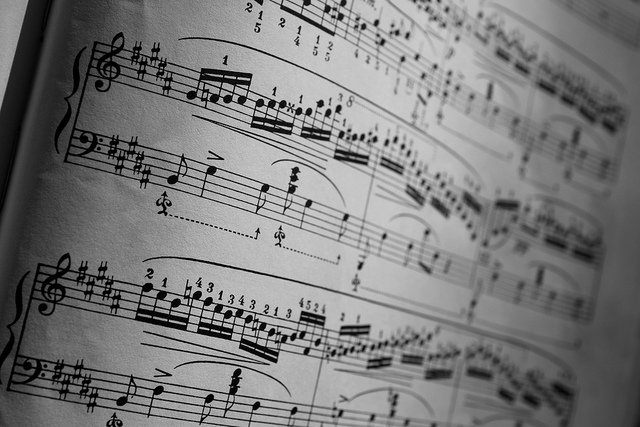Chords vs Notes
In the world of music, understanding the difference between chords and notes is crucial for beginners, as these two terms are frequently used in music composition. Writing music is a skill that few possess, and composing and writing music correctly are two essential factors in producing songs. Chords and notes are two terms that often cause confusion and are commonly used interchangeably. This article aims to clarify the difference between chords and notes.
Key Takeaways
- A note is a single sound, while a chord is a group of sounds played simultaneously.
- Notes denote duration and pitch of a sound, while chords denote harmony.
- Notes contribute to the melody, whereas chords contribute to the harmonic structure of the melody.
What are Chords?
Musical chords, or simply chords, are harmonic clusters of three or more notes played either together or continuously as broken chords. Whether played together or continuously, chords sound simultaneously. There are various types of chords, such as arpeggios, broken chords, seventh chords, extended chords, chromatic chords, diatonic chords, major chords, and minor chords. Major and minor triads, derived from major and minor scales respectively, are the most common chords. The root of the chord is the note of the scale from which the chord is played. For example, the chord of C major is C E G, and the chord of A minor is A C E. Sometimes, chords are played differently, with inverted chords referred to as augmented and diminished chords, where the normal chord or triad is inverted up or down. Chords are represented by plain staff notations, Roman numeral notations, or various chord names and symbols.
What are Notes?
In music, a note is a musical symbol representing the duration and pitch of a particular sound. Notes are presented on a musical stave and are titled by letters according to their duration and pitch. In Western music, notes are given letters such as C, D, E, F, G, A, B, C, and are also called Do, Re, Me, Fa, So, La, Ti, Do in Latin. Notes are given different symbols based on the duration of the sounds. Main notes include a whole note (semibreve), a half note (minim), a quarter note (crotchet), and an eighth note (quaver). Accidentals, sharps [#], and flats [♭] are added to the notes; for example, an F becomes an F-sharp [F#].
What is the difference between Chords and Notes?
- A note is a single sound, while a chord is a group of sounds played simultaneously.
- Notes denote duration and pitch of a sound, while chords denote harmony.
- Notes contribute to the melody, whereas chords contribute to the harmonic structure of the melody.
- Chords are created by the root, third, fifth, and sometimes seventh of a scale, while notes use any degree of the scale: do, re, mi, fa, so, la, ti, or do.
- Chords can be played with inversions, while notes cannot.
In summary, chords and notes differ in their meaning and function. A note is a single sound, while a chord is a set of sounds played simultaneously or continuously to create a harmonic sound in a piece of music.
